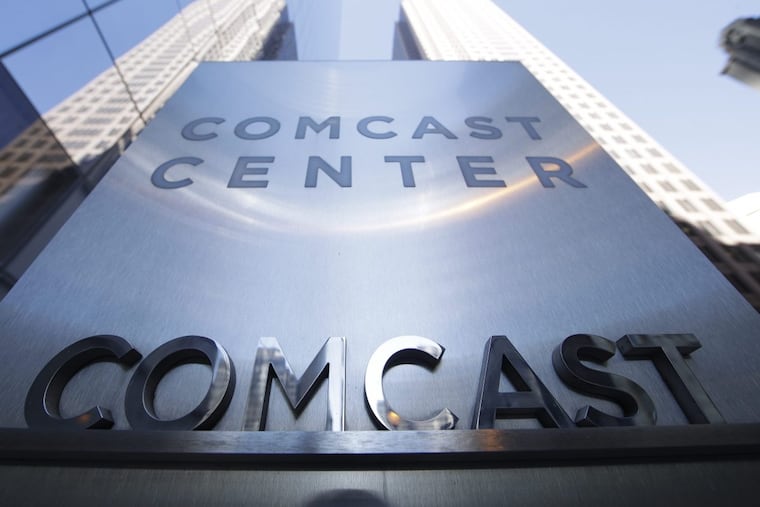How you can save on energy costs from your cable set-top box
Comcast Corp. and other pay-TV operators extended an agreement to continue making energy-efficiency improvements to set-top boxes. The savings to consumers so far have been about $1 billion a year in lower electric bills.

Americans watch television with 225 million set-top boxes.
They run day and night, when the TV is on or off. The electric bill runs into the billions of dollars for consumers. Critics also say they're bad for the environment, contributing millions of tons of carbon emissions from power plants.
On Thursday, Comcast Corp. and others in the pay-TV industry renewed a voluntary agreement with energy advocates to make set-top boxes more efficient, a pact initially spurred by the threat of new regulations or laws during the Obama administration.
And experts reiterated that the easiest way to save money is to ensure that you have only one set-top box with a DVR in your house; many people have multiple boxes.
Pay-TV customers are saving about $1 billion a year in lower electric bills from efficiency improvements to set-top boxes so far, Noah Horowitz, a director at the Natural Resources Defense Council, said Thursday. The deal will set standards that must be met on new set-top boxes over the next four years. By 2020, new set-top boxes will be 40 percent more energy efficient than those in 2012, or before the first agreement, he said.
But Horowitz added that "we remain disappointed by how much power these boxes use when no one is watching TV or recording a show."
Participants in the pact, besides the Natural Resources Defense Council, are the American Council for an Energy-Efficient Economy, the pay-TV trade association NCTA and the Consumer Technology Association. Companies that signed on include Comcast, AT&T, Charter, Dish, Verizon, Cox, Cablevision, Frontier, and CenturyLink.
Set-top boxes are the black devices that cable- and satellite-TV companies use to convert their data signals to television pictures. Consumers typically lease them from Comcast, AT&T, and other pay-TV operators.
Robert Turner, an official with Horsham's Arris Group, a big set-top box manufacturer and also a signatory, said that the set-top boxes "power down" — or use less electricity — when they're not being used but they don't shut down.
He also said that big energy savings with set-top boxes have been achieved by eliminating multiple set-top boxes with DVRs in homes. One set-top box with a DVR — or a "whole-home DVR" setup, with other televisions connected through an in-home network over WiFi — can replace multiple set-top boxes and save electricity, he said.
Set-top boxes also have benefited from more efficient computer chips and other internal components, Turner said.
Horowitz agreed that pay-TV subscribers should replace multiple set-top boxes with DVRs with one set-top box with a DVR. "If you have a DVR on each of your televisions, you have outdated equipment and you are throwing money down the drain," he said. Going down to one set-top box with a DVR could save a person $50 a year in electricity, he said.
NCTA, the trade association, said the pay-TV industry is now on its third generation of set-top boxes with improved energy standards.